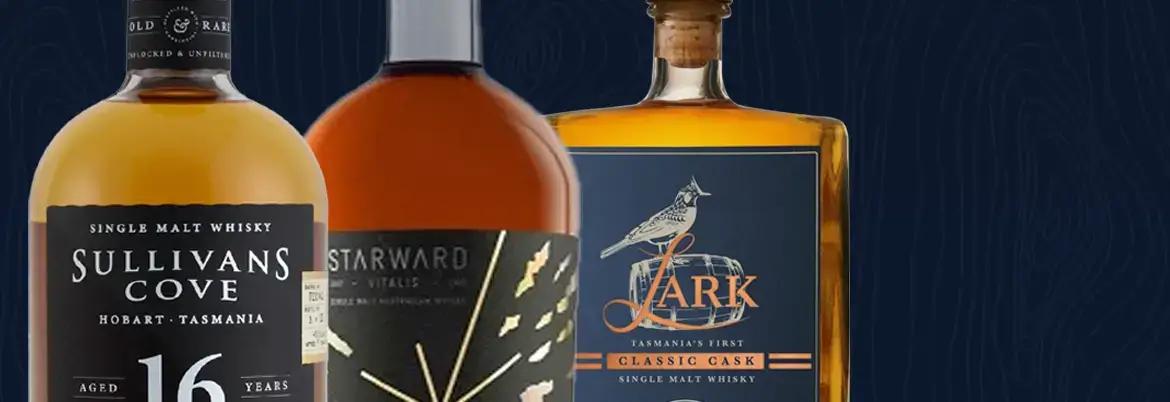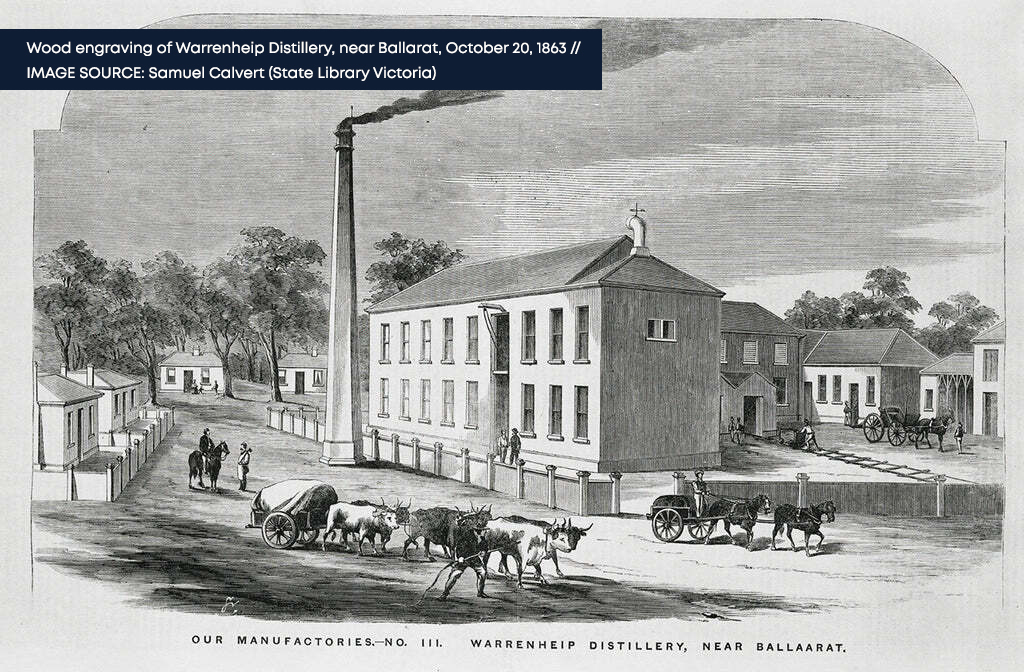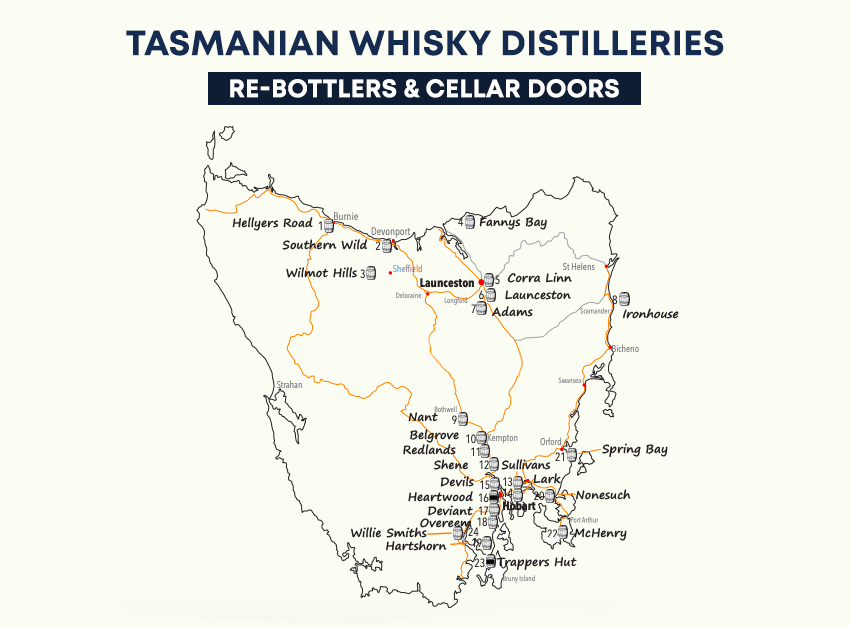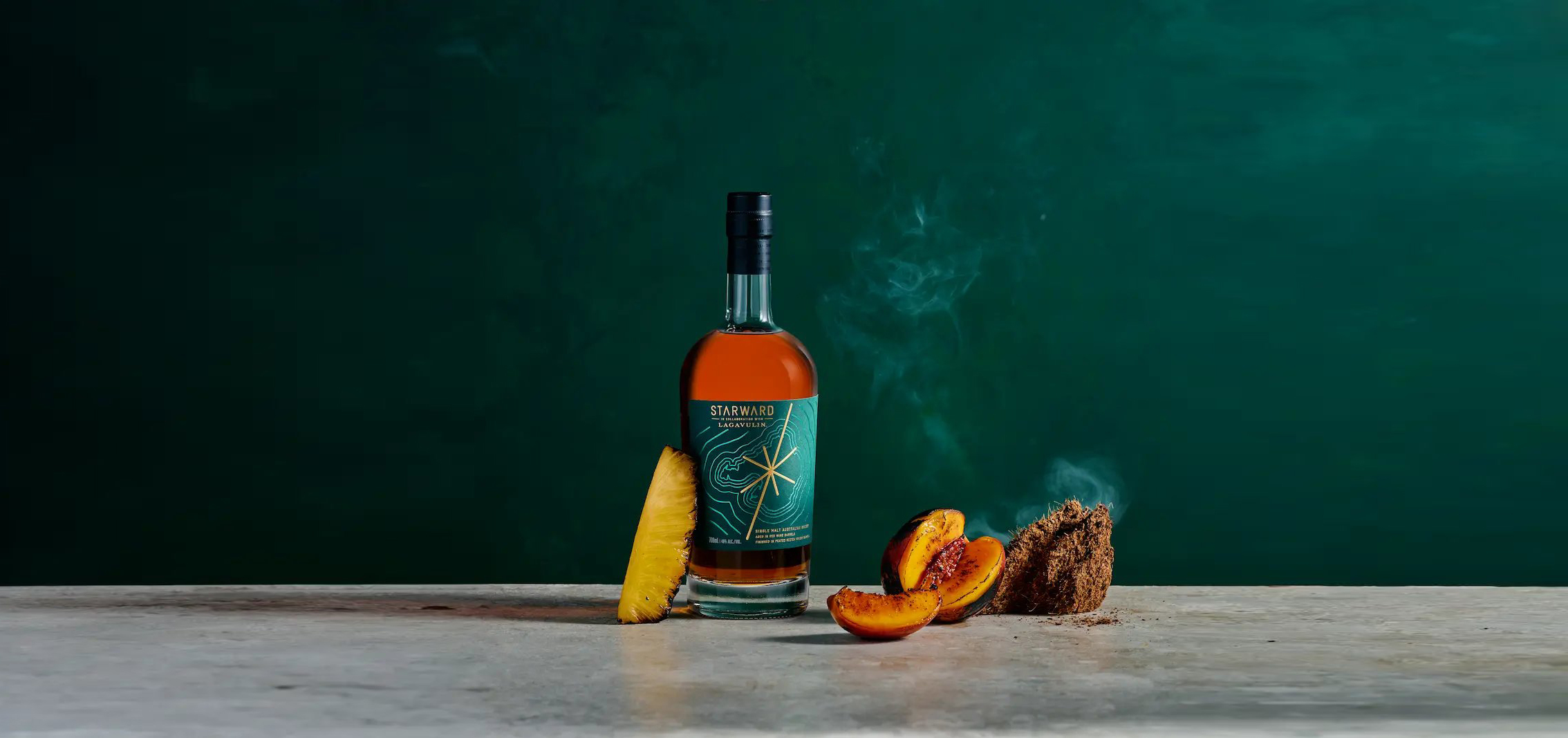
The History of Whisky In Australia
There’s actually a long and sometimes bumpy history when it comes to whisky production in Australia – a history that stretches from the first few distilleries that popped up in Tasmania (or Van Diemen’s Land at the time) in the 1820’s and all the way through to the thriving domestic whisky market that we are today.
While whisky had been imported into Australia well before the early 1800’s via Scottish and Irish migrants and traders, Australian whisky history can be said to have truly started in Tasmania in the 1820’s, which is where we begin our tale.
The Beginnings Of Australian Whisky History In Tasmania
As we’ve mentioned, the history of whisky production in Australia officially started in 1822 in Hobart, in what was then known as Van Diemen’s Land. The first whisky distillery in Australia was the Sorrell Distillery, which was soon followed by 16 other whisky distilleries around the area. Tasmania, which at the time was a producer of barley, was the perfect starting point for the formal production of whisky in Australia.
Then, for reasons of public morality, Governor John Franklin passed the Distillation Prohibition Actin 1839, which outlawed the production of whisky in Tasmania and was a major roadblock in the growth of Australia’s budding domestic whisky market. Franklin passed the act on the advice of his wife, who thought that whisky made men “act like pigs”. Simply put, this was a dark time in the history of Australian whisky.
Sadly, the Distillation Prohibition Act was not repealed for more than a century, which means that not another bottle of whisky was produced legally in what should have been the perfect region for whisky production until 1990.
The Victorian Distillation Act Of 1863: Larger Whisky Distilleries In Australia
Australian whisky history didn’t stop after the enactment of the Distillation Prohibition Act. Smaller distilleries, like Robert Cooper’s Brisbane Distillery and Sir William Milne and John Disher’s Milne and Co. Distillers, continued the production of whisky in Australia on a smaller scale. However, it wasn’t until the Victorian Distillation Act of 1863 that Australia began to see larger distilleries again.
The Victorian Distillation Act of 1863 aimed to place tighter regulations on the production of whisky in Australia, which put many smaller whisky distilleries out of business. Shortly after the act was passed, John Dunn opened the Warrenheip Distillery in Warrenheip, a suburb near Ballarat. Warrenheip, being a full-scale distillery, marked a significant point in Australian whisky history. The Warrenheip Distillery was later renamed Milne and Co. Distillers. As an interesting aside, bottles of Milne and Co. Distillers whisky still exist today, and you’ll occasionally find them at whisky auction sites.

In 1884, over 20 years after the first large-scale Australian whisky distiller post-Distillation Act was created, the Joshua Brothers opened the Federal Distillery in Melbourne. At the time, the Federal Distillery was the largest whisky distillery in Australia and the third largest anywhere in the world. The Australian whisky distillery cost an estimated 150,000 British pounds, or roughly 40 million Australian dollars in today’s money, to open. The Federal Distillery truly put Australian whisky on the world map.
In 1924, the Federal Distillery joined forces with Henry Brinds and Co. (formerly the Warrenheip Distillery), Kennas Pty Ltd and Brehney Brothers to form Federal Distilleries Pty Ltd.
The Entrance Of British Companies Into The Australian Whisky Scene
Having seen Australia’s potential as both a producer and a consumer of whisky, English and Scottish distilleries decided to set up shop in the country. In 1928, the Distillers Company of Edinburgh (now part of Diageo) set up the Corio Distillery, which produced 500,000 gallons of whisky a year and was the largest whisky distillery on Australian shores, comfortably beating out the Federal Distillery.
Not to be outdone by their northern neighbours, the English company Gilbey’s of London opened their own distillery in Melbourne while purchasing Milne and Co. Thanks to tariffs designed to support the production of Australian whisky, the Corio Distillery and Gilbey’s distilleries were able to sell their whiskies for 40% less than foreign whiskies.
Due to their price advantages, the Distillers Company of Edinburgh and Gilbey’s of London set out to dominate the lower-end whisky market in Australia. They did this by creating blended whisky, which is generally of a lower standard than single malt whisky. This led to a period of low-quality Australian whisky until the tariffs were repealed in the ‘60s.
Whisky In Australia Today
Today, Australia is one of the world’s top whisky producers, both in terms of overall volume and number of whisky distilleries. Australia is also a major consumer of whisky, and the market is expected to keep growing over the coming years.
After having closed many of its distillery doors for over a century following the passing of the Distillation Prohibition Act, Tasmania has once again become a whisky powerhouse in Australia. In fact, many of Australia’s most iconic whisky distilleries, including LARK Distillery, Sullivans Cove Distillery and Hellyers Road Distillery are located on the island of Tasmania, humbly continuing the work that had begun all the way back in the 1800’s with Australia’s first whisky producers.

The Rise of Modern Distilleries: Starward and Archie Rose
In the landscape of Australian whisky, newer distilleries like Starward and Archie Rose have carved out niches in an industry that allows for innovation. These distilleries not only pay homage to traditional distilling methods but also incorporate unique, local twists that reflect Australia’s vibrant culture and resources.
Starward Distillery, based in Melbourne, was founded in 2007 by David Vitale with a vision to create a distinctly Australian whisky. What sets Starward apart is its commitment to using entirely Australian barley and maturing the whisky in red wine barrels sourced from local wineries. This not only imparts a unique flavour profile characterised by rich and fruity notes but also showcases the synergy between different aspects of Australian agriculture. Starward’s offerings have been warmly received, gaining recognition both domestically and internationally for their innovative approach. They even had a collaboration with legendary distillery Lagavulin from Islay.

Archie Rose Distilling Co. in Sydney, established in 2014, emphasizes craftsmanship and local sourcing. Archie Rose has been pivotal in urban craft distilling in Australia, offering a hands-on approach that allows for the customisation of spirits at the distillery. Their whiskies are crafted using a variety of malted grains, including local barley, rye, and wheat, contributing to complex flavour profiles that have garnered numerous awards. Their commitment to sustainability and innovation is evident in their use of native botanicals and grains, pushing the boundaries of traditional whisky production.
Both distilleries exemplify the evolution of the Australian whisky industry. They blend tradition with bold new techniques and flavours. With the ability to provide cost-effective sprits to consumers at all levels of their whiskey journey, they are setting the stage for a future where Australia’s whisky is as diverse as its landscape.
Secure Your Own Piece of Australian Whisky History At Cellar Vault
You’ll be pleased to know that you can own your very own piece of Australian whisky history. As we mentioned, many rare bottles of whisky from historic distilleries like Milne and Co. Distillers will still occasionally turn up at whisky auctions in Australia. You just need to know where to look for them and how to buy them securely.
Owning a historic bottle of Australian whisky can also be a surprisingly lucrative investment. Whisky collecting is a hobby with a massive following, and rare whisky bottles often appreciate in price significantly. To snare your own piece of Australian whisky history, hop on to the latest auction at Cellar Vault today and see what bottles of rare Australian whisky are up for sale.
